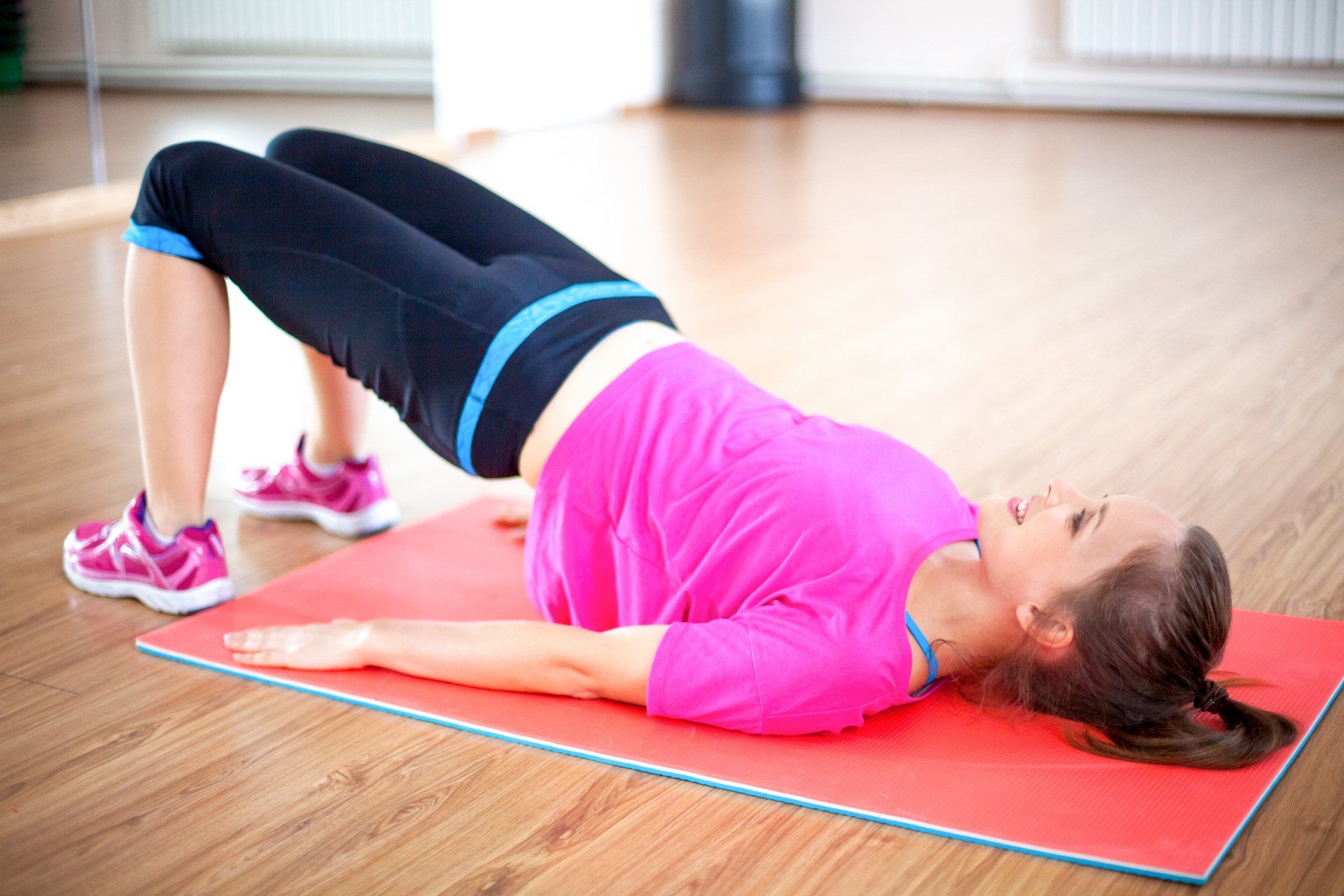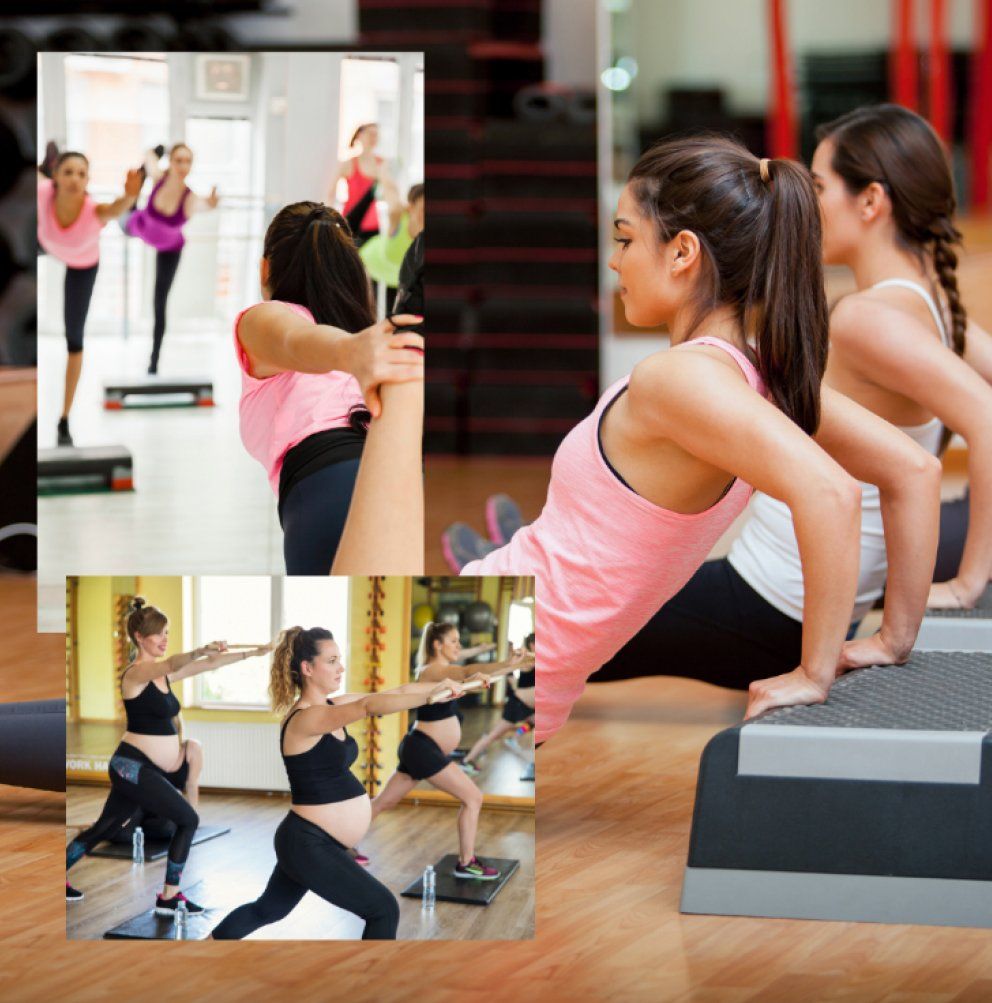Pelvic Floor 101

Hello No Limits Fitness!
In case we haven’t met, my name is Dr. Paige Hubert and I have the distinct pleasure of talking with you (and anyone on the internet) about your pelvic floor- specifically in how it relates to your exercise!
First- big shout out to Mike for letting me have this guest blog spot- you’re the best!
Okay, so let’s get down to business! We are going to go over the following information in your next 5-7 minute read, so buckle in!
- Basics on what the Pelvic Floor is
- Why ALL women should know about their pelvic floors
- Common issues we see with Pelvic Floor Dysfunction
- Exercising with Pelvic Floor issues
All Humans Have Pelvic Floors (but women tend to care about theirs more)
Every person with a pelvis has a pelvic floor, which may be news to some people. All genders have a muscle group that connects the front of your pelvis to the back. These muscles are collectively known as your pelvic floor (see picture below).
For imagery’s sake, imagine that there is a hammock that is connected to two trees- now imagine that you are straddling that hammock. The hammock would be in the same area that your pelvic floor muscles are!
So why are those muscles important?
These muscles help you:
- Support all of your pelvic organs and keep everything up and in
- Close off the anus and the urethra to keep all pee/poop/toots from leaking
- Open and close for sexual function and pleasure
- Keep your pelvis and spine in alignment
- Help to keep fluid from pooling in your feet and pelvis
So that was a lot- I get it. I went to get my doctorate degree AND THEN extra schooling so that I can know what these muscles do and how to fix it when they don’t.
So What Happens When They Don’t Work Properly?
Well- we get dysfunction that looks different for each person. These symptoms often show up in one of the following ways (but this IS NOT a comprehensive list):
- Pee/Poop/Gas Leakage
- Pain with Sex
- Decreased Sexual Satisfaction
- Decreased Athletic Performance
- Back/Hip Pain
- Tailbone Pain
- Heaviness in the Saddle Region
- Diastasis Recti – Ab Muscle Separation
Any of these things can occur individually, or they can happen together- but none of them is particularly fun. Women are more likely to experience these issues, and that likelihood goes up if you have had children or if you are aging (gracefully, of course).
- 1 out of 2 Women Experience Leakage at SOME POINT in their Lives.
- 1 out of 4 Women UNDER 45 Years old AND WITHOUT CHILDREN Report Leakage
- 2 out of 5 Women who Participate in HIGH Impact Activities (looking at y’all, No Limits!) Experience Leakage
- 4 out of 5 of People Experience Lower Back Pain at Some Point in Their Lives
- 3 out of 4 Women Experience Pain with Sex at Some Point in their Lives
How Do We Fix It?
Spoiler Alert- Kegels don’t fix these issues 95% of the time. Instead of wasting time and money on Kegel Balls, Biofeedback, and other things- we need to find out the reason why you are having these issues. Then we come up with a plan for addressing these issues one step at a time.
And, generally speaking, the first step is to help your brain recognize and relax your pelvic floor muscles. THEN we teach it how to use those muscles (a.k.a. the Kegel) plus your core! It only gets more exciting and fun from there.
Can I Exercise with Pelvic Floor Dysfunction?
Yes! But we probably need to make some modifications- this is where a Pelvic Floor PT and your trainers are essential!
If you are experiencing any symptoms that aren’t normal (and/or are from the list above), it is time to MODIFY your activities. If you leak with high knees- can we do butt kicks, instead? If you struggle with squats- lets lessen the weight or make a smaller total movement!
It doesn’t change a ton of what you are doing, and keeps you doing what you LOVE with your people!
Questions?
Ask away! There is NO SUCH THING as a stupid question. I am here to decrease shame and fear associated with the pelvic floor, which means I am here for whatever questions that you can throw at me!
Call/Text me at (321) 802-1260 or email me at [email protected] and do it RIGHT NOW before you forget (or a kiddo needs a snack!).
Talk with you all soon!!
Dr. Paige Hubert, PT, DPT
Owner/ Physical Therapist for Recharged Performance Therapy
(321) 802-1630
https://www.rechargedperformancetherapy.com/
Social Media: @RechargedPerformanceTherapy
References
The American College of Obstetricians and Gynecologists. (2017). When sex is painful. Retrieved from https://www.acog.org/~/media/For%20Patients/faq020.pdf
Aoki, Y., Brown, H., Brubaker, L., Cornu, J., Daly, J., & Cartwright, R. (2017). Urinary incontinence in women. Nature Reviews Disease Primers, 3(17402) doi: https://doi.org/10.1038/nrdp.2017.42
Goldstick, O., & Constantini, N. (2014). Urinary incontinence in physically active women and female athletes. British Journal of Sports Medicine, 48, 296-298.
Maidansky, R. (2018). A PT's guide to the pelvic floor for female athletes. Retrieved from https://covalentcareers.com/resources/pelvic-floor-pt-female-athletes/
Melville JL, Katon W, Delaney K, Newton K. Urinary Incontinence in US Women: A Population-Based Study. Arch Intern Med. 2005;165(5):537–542. doi:10.1001/archinte.165.5.537
National Institute of Neurological Disorders and Stroke. (2014). Low back pain fact sheet. Retrieved from https://www.ninds.nih.gov/Disorders/Patient-Caregiver-Education/Fact-Sheets/Low-Back-Pain-Fact-Sheet
Walters, M., & Realini, J. (1992). The evaluation and treatment of urinary incontinence in women: A primary care approach. Journal of American Board Family Practice, 5(3), 289-301. doi:10.3122/jabfm.5.3.289
About No Limits
No Limits Fitness provides step-by-step programs to help busy adults get the body they’ve always wanted, without restrictive diets or time-consuming workouts, so they can lead more fulfilling lives. Life is a much better experience in a strong, healthy body!
Recent Posts



Luci
Doug
Tasha
No Limits Fitness helps busy professionals lose weight, get stronger and have more energy so they can lead the lives of their dreams...even if they've tried before and failed.
SERVICES
CONTACT INFORMATION
All Rights Reserved | No Limits Fitness | Privacy Policy



